Disclosure: This article contains affiliate links. We may earn a commission from purchases at no extra cost to you, which helps our travel content.
There's something profoundly architectural about bourbon—the careful construction of flavors, the structural integrity of tradition, the spatial relationship between grain, water, and time. As someone who's spent years studying both built environments and craft libations, I find few places where these passions converge as beautifully as in Lexington, Kentucky. This city stands as a testament to America's most distinctive spirit, surrounded by rolling Bluegrass countryside that cradles centuries of distilling wisdom. During a crisp autumn weekend last October, I embarked on a sensory exploration of Lexington's culinary landscape, where historic bourbon distilleries share cultural space with innovative Southern kitchens. What I discovered was nothing short of a masterclass in how regional identity manifests through both bottle and plate—a living museum of taste where each sip and bite reveals layers of Kentucky's complex heritage.
The Architectural Heritage of Bourbon Country
My journey began where any proper bourbon exploration should—at the historic distilleries that dot the landscape surrounding Lexington. These are not merely production facilities but monuments to American industrial design, where form and function have danced together for centuries.
At Woodford Reserve, perhaps the most architecturally significant of Kentucky's distilleries, I found myself mesmerized by the limestone buildings dating back to 1838. The proportions of these structures—with their perfect symmetry and deliberate stone placement—speak to an era when craftsmen built with permanence in mind. The copper pot stills within, gleaming like burnished sculptures, demonstrate how industrial equipment can achieve aesthetic transcendence when designed with care.
But it was at Castle & Key, a meticulously restored 1887 distillery, where I truly appreciated bourbon's architectural legacy. Once abandoned and overgrown, this European-inspired complex with its castle-like façade and botanical gardens has been resurrected with remarkable fidelity to its original design. Walking through the limestone springhouse where limestone-filtered water still emerges, I was struck by how the built environment directly influences the spirit's character.
I documented these architectural marvels with my trusty mirrorless camera, which handles the challenging lighting conditions of distillery interiors exceptionally well. The dynamic range captured both the shadowy rick houses and the golden amber of aging bourbon without losing detail in either extreme.
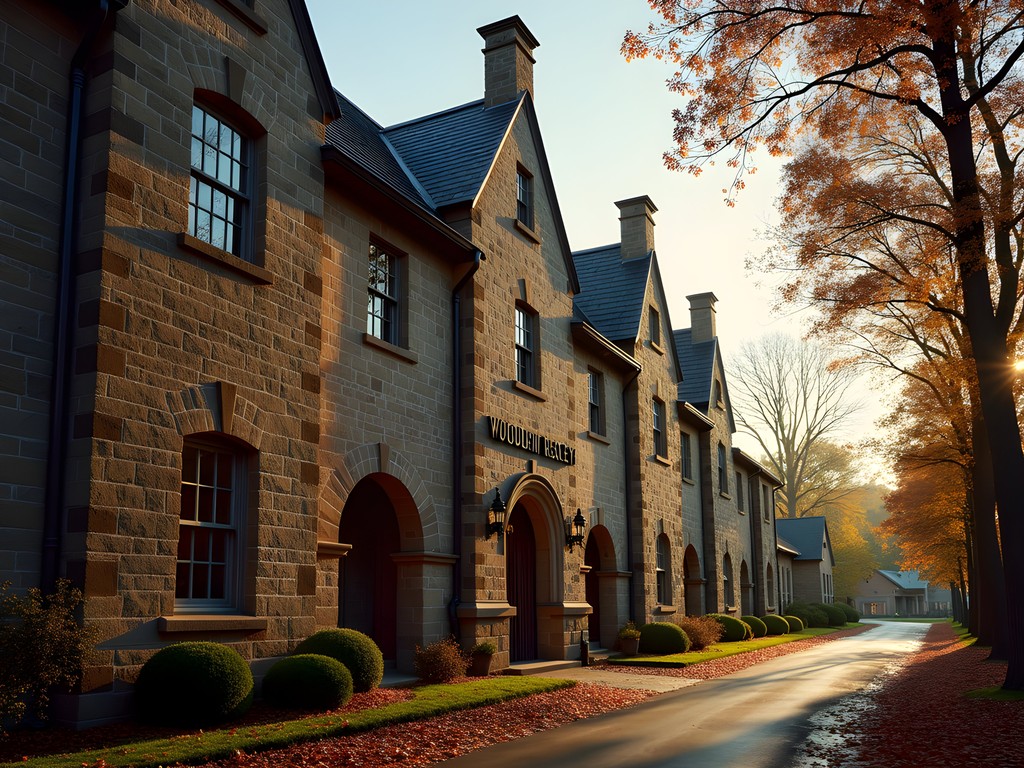
💡 Pro Tips
- Visit Woodford Reserve early on weekdays to avoid tour crowds and get unobstructed architectural photos
- At Castle & Key, allow extra time to explore the botanical gardens which inform their gin production
- Book the architectural history tour at Buffalo Trace (a short drive from Lexington) for insights into industrial design evolution
The Science and Ritual of the Bourbon Trail
As someone whose journey into craft beverages began after a personal health challenge led me to explore traditional wellness practices, I approach bourbon with both scholarly interest and sensory appreciation. The distillation process itself—a practice dating back to ancient alchemical traditions—represents one of humanity's earliest intersections of science and craft.
At the Town Branch Distillery in downtown Lexington, I participated in a sensory evaluation workshop that deconstructed bourbon's complex flavor architecture. The experience was revelatory. We isolated specific compounds—vanillin from oak aging, lactones that impart coconut notes, esters responsible for fruit characteristics—and learned to identify them in various expressions. This analytical approach to tasting mirrors how I've come to appreciate both buildings and beverages: by understanding their component parts, we can better appreciate the whole.
The medicinal history of bourbon also fascinates me. Long before it became a leisure beverage, distilled spirits served as frontier medicine. At Bluegrass Distillers, a smaller craft operation, the master distiller shared fascinating insights about bourbon's historical role in traditional healing practices—from pain relief to digestive remedies. Their small-batch approach emphasizes organic grains and traditional methods that connect to these historical roots.
For those seeking to develop a more nuanced palate, I recommend investing in a proper whiskey tasting set. The tulip-shaped design concentrates aromas and transforms the tasting experience, revealing subtleties that standard glassware simply cannot showcase.
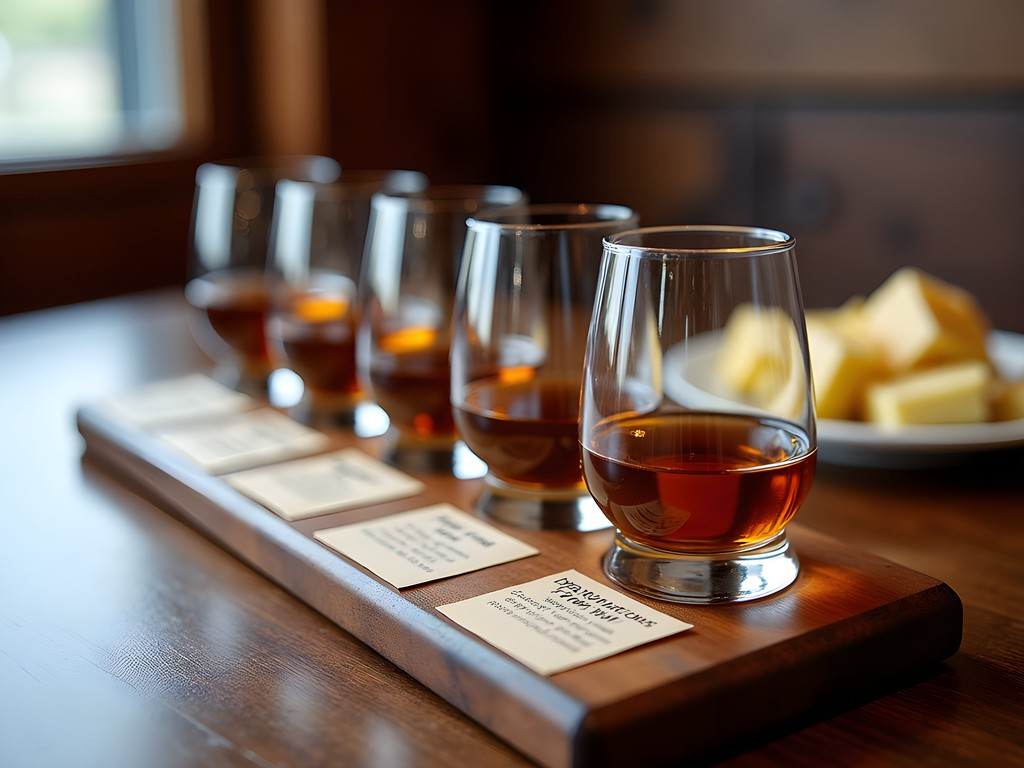
💡 Pro Tips
- Book the sensory workshop at Town Branch at least two weeks in advance—it frequently sells out
- Keep a tasting journal to track your bourbon journey; noting sensory impressions develops your palate over time
- Bluegrass Distillers offers an excellent 'grain-to-glass' tour that's more intimate than the larger distilleries
Southern Culinary Foundations: Beyond Bourbon
While bourbon may be Kentucky's most famous export, Lexington's culinary landscape offers a profound education in Southern foodways that extends far beyond the bottle. The city's restaurant scene provides both historical context and contemporary innovation—often in the same establishment.
At Honeywood, chef Ouita Michel's shrine to regional cuisine, I experienced how architectural thinking applies to food. Michel constructs dishes that honor traditional techniques while creating something entirely new. Her spoonbread soufflé—a reinvention of a classic Appalachian staple—demonstrates how foundational recipes can be elevated through precise technique. The restaurant space itself, with its thoughtful layout and reverence for natural materials, creates a dining environment that contextualizes the food within Kentucky's broader cultural narrative.
The historical dimensions of Southern cuisine became even clearer at Zim's Cafe, where dishes trace lineages back through generations of Kentucky cooking. Their hot brown—an open-faced turkey sandwich developed at Louisville's Brown Hotel in the 1920s—serves as edible architectural history, layering elements that tell a story about place and time.
Perhaps most illuminating was my visit to MidCity Kitchen, where chef Mark Jensen applies global techniques to hyperlocal ingredients. His work with fermentation and preservation connects to both Southern tradition and contemporary wellness practices—a convergence that particularly resonates with my interest in food as both cultural expression and medicine.
These explorations were enhanced by conversations with local food historians and producers. At the Lexington Farmers Market, I spent a morning with heritage grain farmers whose work preserves the agricultural biodiversity that once defined American breadbaskets. Their dedication to maintaining these living cultural artifacts parallels my own interest in architectural preservation—both seek to maintain knowledge systems that might otherwise be lost to time.

💡 Pro Tips
- Make Honeywood reservations at least a week in advance and request a table by the windows overlooking Shaker Village
- Ask for the off-menu heritage corn grits at Zim's Cafe—they source from a multi-generational farm and the difference is remarkable
- Visit the Lexington Farmers Market on Saturday mornings for conversations with producers who supply the city's best restaurants
Craft Beer's Dialogue with Bourbon Culture
While bourbon dominates Lexington's beverage landscape, the city's craft beer scene offers fascinating counterpoints and complementary expressions that shouldn't be overlooked. As someone who found profound connection through craft beer culture during my health recovery journey, I was particularly interested in how Lexington's brewers navigate their relationship with the dominant bourbon industry.
At West Sixth Brewing, housed in a repurposed 1900s bread factory, I discovered how adaptive reuse architecture creates ideal spaces for community-focused brewing. The preservation of industrial elements—exposed brick, original wooden beams, and factory windows—creates a dialogue between past and present that mirrors the brewery's approach to beer itself. Their bourbon barrel-aged series demonstrates how craft beer can both honor and reinterpret Kentucky's distilling heritage.
Country Boy Brewing offers another perspective, operating from a purpose-built facility that prioritizes sustainability and production efficiency. Their Nacho Bait jalapeño pale ale paired surprisingly well with bourbon-infused chocolates from a local confectioner, creating flavor combinations that transcended both traditions.
Most revelatory was Ethereal Brewing in the historic Lexington Distillery District. Occupying space in the former James E. Pepper Distillery (established 1879), the brewery operates within literal bourbon history. Their farmhouse ales, which incorporate local yeasts and bacteria, connect to pre-Prohibition brewing traditions that once existed alongside Kentucky's distilling culture.
For those wanting to document their craft beverage journey, I recommend the tasting journal which I've found invaluable for recording nuanced impressions of both beers and bourbons. Its flavor wheel approach helps develop the vocabulary needed to articulate subtle differences between craft beverages.
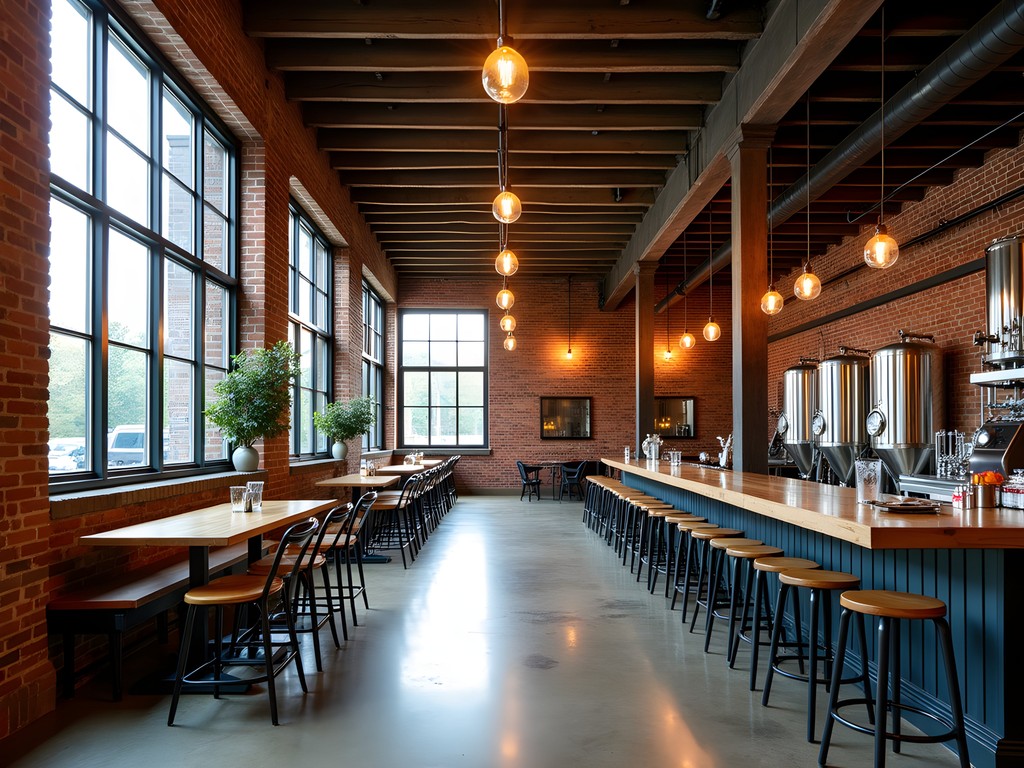
💡 Pro Tips
- Visit West Sixth on Thursdays when they often tap limited experimental releases that incorporate bourbon barrel aging
- Country Boy's Georgetown facility offers production tours that provide excellent insights into the technical side of brewing
- The Lexington Distillery District deserves at least half a day—plan to visit multiple establishments including Ethereal and Barrel House Distillery
Medicinal Gardens and Botanical Influences
My exploration of Lexington's culinary landscape wouldn't be complete without acknowledging the botanical traditions that inform both its food and beverage cultures. As someone who discovered alternative medicine during a personal health journey, I find particular resonance in Kentucky's rich history of herbal knowledge.
At the Arboretum State Botanical Garden of Kentucky, I spent a contemplative morning exploring the Walk Across Kentucky, a living collection that represents the commonwealth's native plant communities. The medicinal garden section features plants historically used by both indigenous healers and Appalachian folk practitioners—many of which find their way into contemporary Kentucky cuisine and craft beverages.
This botanical knowledge extends directly to bourbon production. At Woodford Reserve, the tour highlights how natural yeasts from surrounding plant life influence fermentation, creating terroir as distinct as any wine region. Meanwhile, Castle & Key's revival includes extensive gardens designed by landscape architect Jon Carloftis, featuring botanicals that inform their gin production while connecting to historical medicinal uses.
My most illuminating experience came through a specialized tour with herbalist Myra Blackwelder, who conducts seasonal walks highlighting the relationship between Kentucky's native plants and its culinary traditions. Learning how spicebush berries were once used as both medicine and flavoring agent for frontier cooking provided crucial context for understanding dishes I encountered throughout Lexington's restaurants.
For those interested in deepening their understanding of these botanical connections, I recommend picking up a copy of foraging guide. Though not specific to Kentucky, it provides an excellent framework for understanding the culinary applications of wild plants—knowledge that enriches appreciation of the ingredients showcased throughout Lexington's food scene.
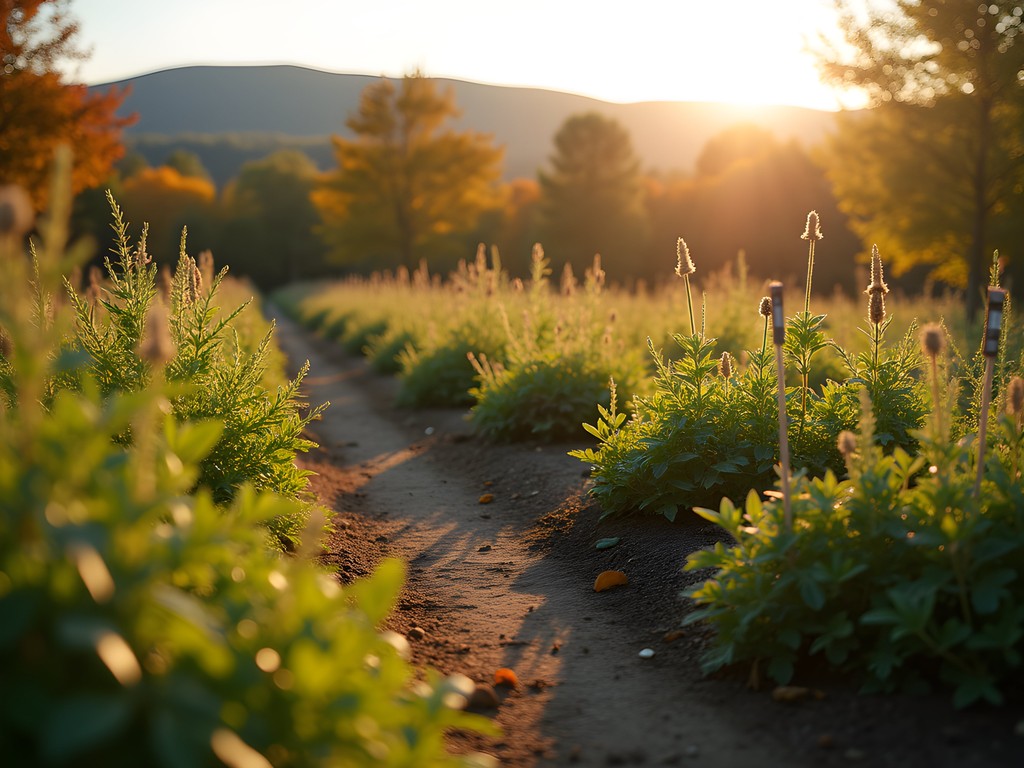
💡 Pro Tips
- Visit the Arboretum early on weekday mornings for the most contemplative experience with minimal crowds
- Book Myra Blackwelder's botanical tour at least a month in advance—she only conducts them twice monthly during growing seasons
- Ask Castle & Key's garden staff about their botanical preservation efforts—they're reviving several heritage plant varieties once common in Kentucky distilling
Final Thoughts
As my weekend in Lexington drew to a close, I found myself reflecting on how this city embodies the intersection of craft, place, and tradition that has always fascinated me. The bourbon trail offers more than just tasting opportunities—it provides a liquid curriculum in American cultural history, architectural preservation, and the science of sensory experience. Meanwhile, Lexington's food scene demonstrates how traditional Southern foundations can support contemporary culinary expression without sacrificing authenticity. For couples seeking a weekend getaway that balances intellectual engagement with sensory pleasure, Lexington offers remarkable depth. The fall season transforms this journey into something truly spectacular, as the changing foliage provides a vibrant backdrop to historic distilleries and the harvest brings peak expression to local ingredients. Whether you're drawn by bourbon heritage, architectural interest, or culinary exploration, Lexington rewards those willing to look beyond obvious attractions and engage with the deeper narratives that make this region uniquely compelling.
✨ Key Takeaways
- Lexington's bourbon culture is best appreciated through both its architectural heritage and sensory experiences
- The craft beer scene provides complementary perspectives to bourbon traditions while honoring shared cultural roots
- Southern cuisine in Lexington balances historical authenticity with contemporary technique and presentation
- Fall offers the ideal combination of comfortable temperatures, stunning scenery, and peak harvest ingredients
📋 Practical Information
Best Time to Visit
Fall (September-November)
Budget Estimate
$150-250 per day per couple
Recommended Duration
3-4 days
Difficulty Level
Beginner

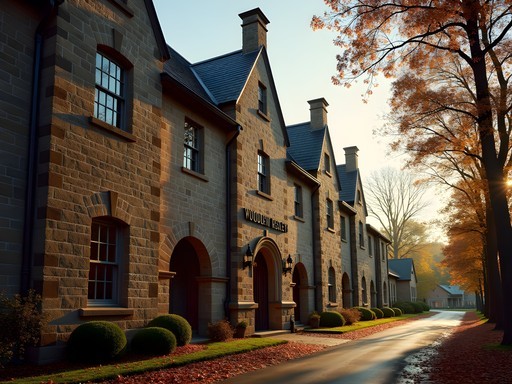
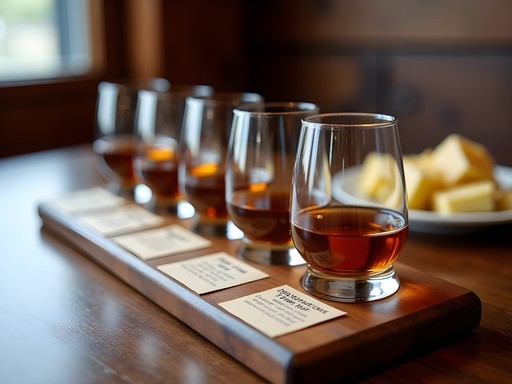
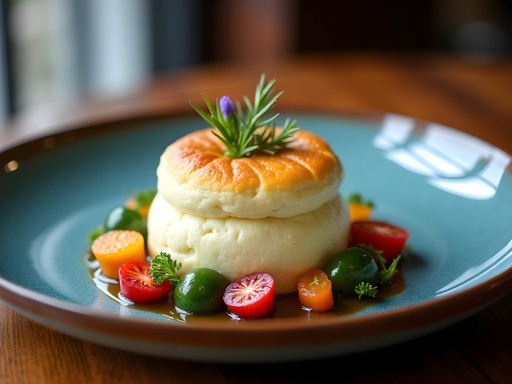
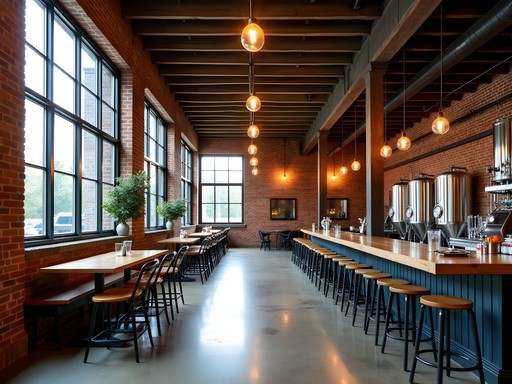
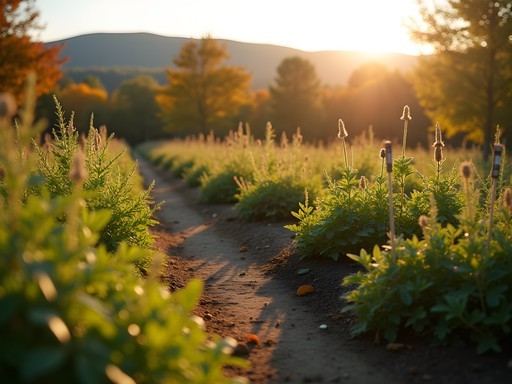


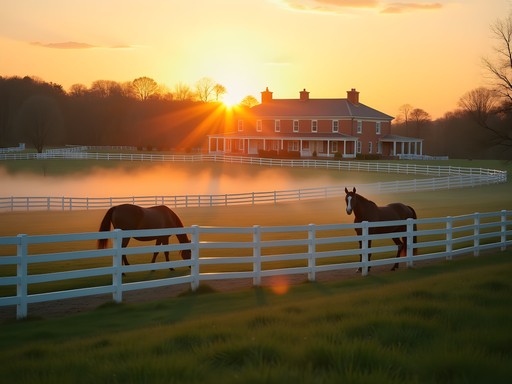
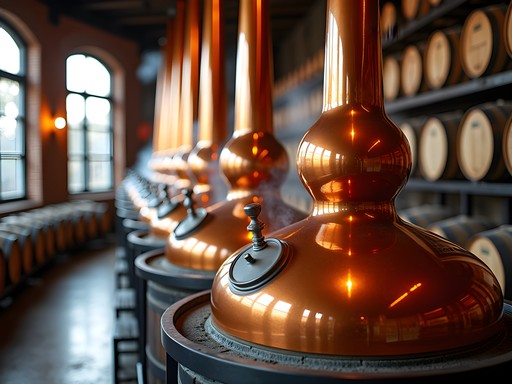





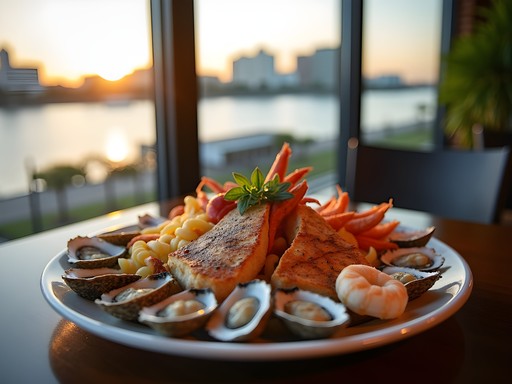
Comments
globelife
Those food pics have me drooling! Definitely bookmarking this for our road trip this summer. Southern food and bourbon sounds like the perfect combo!
Douglas Bradley
William's analysis of bourbon as architectural expression resonates deeply with my own experiences along the Kentucky Bourbon Trail. The relationship between tradition and innovation in these spaces is particularly fascinating. During my visit last summer, I documented the contrasting approaches at Maker's Mark versus Rabbit Hole—one celebrating heritage aesthetics while the other embraces modernist principles. I'd recommend taking the bourbon journal to record your sensory observations across distilleries. The terroir conversation William touches on deserves further exploration, especially how limestone water creates the distinctive character that defines Kentucky bourbon.
cityace
Going to Lexington in March! Any recommendations for southern food spots that aren't too touristy? That biscuit place you mentioned sounds amazing!
bluezone
Not the author but Stella's Kentucky Deli has the best hot brown sandwich I've ever had. Total local spot.
cityace
Thanks! Adding it to my list. Can't wait to try a hot brown!
bluezone
Just got back from Lexington myself! The bourbon trail is even better than I expected. We hit Woodford Reserve and Buffalo Trace in one day and I'm still dreaming about that Woodford Double Oaked. William, your section on the architectural heritage really captured what makes these distilleries special - those rickhouses are engineering marvels! Did you make it to Castle & Key? That place blew my mind with how they restored everything.
Douglas Bradley
Castle & Key is a fascinating example of adaptive reuse in the bourbon industry. The botanical garden integration with the distillery operations represents a compelling architectural narrative about sustainability in spirits production.
bluezone
Exactly! Plus their gin is incredible too. The whole experience feels like stepping back in time but with modern touches.
sunnybackpacker
This is perfect timing! I'm planning a long weekend in Lexington next month. Any recommendations for which distilleries are absolute must-visits if we only have time for 2-3? Also curious about transportation options between them!
William West
If you only have time for 2-3, I'd recommend Woodford Reserve for the gorgeous grounds and architecture, Buffalo Trace for the history, and Castle & Key for something more contemporary. For transportation, I used Bourbon Trail Tours - they handle the driving so you can fully enjoy the tastings!
Bryce Diaz
I'd second William's recommendations, especially Castle & Key - the renovation of that historic property is stunning. Don't miss Bluegrass Distillers if you're into smaller craft operations. And make sure to grab breakfast at Doodles before your tour day - their bourbon-infused syrup on buttermilk pancakes is the perfect start!
sunnybackpacker
Thanks to both of you! This is super helpful. Castle & Key wasn't on my radar at all, but now it's definitely on the list. And noted on Doodles for breakfast!
Bryce Diaz
Your architectural perspective on bourbon culture really resonated with me, William. I visited Lexington last year and was struck by the same beautiful tension between tradition and innovation. Buffalo Trace was my personal highlight - that limestone water source and those century-old buildings tell such a story! Did you make it to Woodford Reserve? Their copper pot stills are like industrial sculptures. And I completely agree about the southern food scene - I stumbled upon this tiny place called Stella's Kentucky Deli that served a spoonbread that changed my life. The way Lexington balances bourbon heritage with forward-thinking culinary experimentation is what makes it special.
William West
Woodford Reserve was actually my first stop! Those copper stills are architectural marvels in their own right. And yes to Stella's - their spoonbread is the perfect example of how something so traditional can still feel revelatory when done right.
winterphotographer
Those distillery shots are amazing! The way you captured the light through the aging barrels is pure art.
William West
Thanks! The natural light in those rickhouses creates such a magical atmosphere. Hard not to get inspired there.
winterphotographer
What camera setup did you use? I'm heading there in October and want to be prepared for those lighting conditions.
local_foodie
If you're visiting Lexington, don't miss Wallace Station for lunch - it's between Woodford Reserve and Castle & Key. Their Big Brown burger is legendary!
adventureguide
Thanks for the tip! Adding it to my list for next month's trip.
Claire Hawkins
William, your connection between architecture and bourbon-making is so spot on! When we visited with my family last summer, my father (who's an engineer) was completely fascinated by the structural design of the rickhouses and how they affect the aging process. We spent an entire afternoon at Buffalo Trace just talking with their master distiller about how the temperature fluctuations at different levels create distinct flavor profiles. If anyone's traveling with kids like we did, many distilleries offer amazing non-alcoholic experiences too - my 12-year-old became obsessed with the history and science behind it all!
bourbon_newbie
Claire, did your kids get bored at all? Thinking of taking my 10 and 14 year olds but worried they might not enjoy it.
Claire Hawkins
They actually loved it! Many distilleries have scavenger hunts and interactive exhibits. Buffalo Trace and Maker's Mark were particularly kid-friendly. Just mix in some non-bourbon activities like the Kentucky Horse Park. Also, lots of places have amazing food and mocktails for the kids!
roadtripper_jane
Love the photos of the distilleries! The copper stills are so photogenic.
Venture X
Premium card with 2X miles, $300 travel credit, Priority Pass